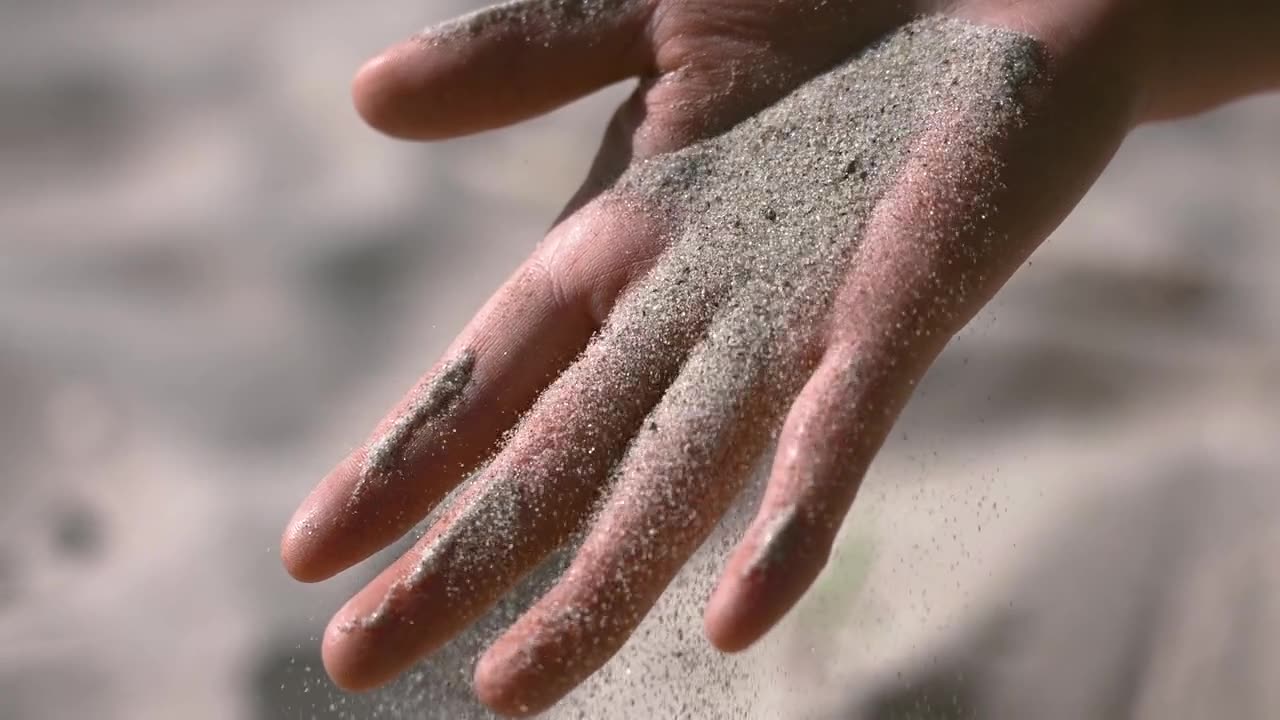Premium Only Content

Humanmade erosion and accretion
Coastal areas settled by man inevitably become subject to the effects of human-made structures and processes. Over long periods of time, these influences may substantially alter the shape of the coastline, and the character of the beach.
Destruction of flora
Beachfront flora plays a major role in stabilizing the foredunes and preventing beach head erosion and inland movement of dunes. If flora with network root systems (creepers, grasses, and palms) are able to become established, they provide an effective coastal defense as they trap sand particles and rainwater and enrich the surface layer of the dunes, allowing other plant species to become established. They also protect the berm from erosion by high winds, freak waves and subsiding floodwaters.
Over long periods of time, well-stabilized foreshore areas will tend to accrete, while unstabilized foreshores will tend to erode, leading to substantial changes in the shape of the coastline. These changes usually occur over periods of many years. Freak wave events such as tsunami, tidal waves, and storm surges may substantially alter the shape, profile and location of a beach within hours.
Destruction of flora on the berm by the use of herbicides, excessive pedestrian or vehicle traffic, or disruption to freshwater flows may lead to erosion of the berm and dunes. While the destruction of flora may be a gradual process that is imperceptible to regular beach users, it often becomes immediately apparent after storms associated with high winds and freak wave events that can rapidly move large volumes of exposed and unstable sand, depositing them further inland, or carrying them out into the permanent water forming offshore bars, lagoons or increasing the area of the beach exposed at low tide. Large and rapid movements of exposed sand can bury and smother flora in adjacent areas, aggravating the loss of habitat for fauna, and enlarging the area of instability. If there is an adequate supply of sand, and weather conditions do not allow vegetation to recover and stabilize the sediment, wind-blown sand can continue to advance, engulfing and permanently altering downwind landscapes.
Sediment moved by waves or receding floodwaters can be deposited in coastal shallows, engulfing reed beds and changing the character of underwater flora and fauna in the coastal shallows.
Burning or clearance of vegetation on the land adjacent to the beach head, for farming and residential development, changes the surface wind patterns, and exposes the surface of the beach to wind erosion.
Farming and residential development are also commonly associated with changes in local surface water flows. If these flows are concentrated in stormwater drains emptying onto the beach head, they may erode the beach creating a lagoon or delta.
Dense vegetation tends to absorb rainfall reducing the speed of runoff and releasing it over longer periods of time. Destruction by burning or clearance of the natural vegetation tends to increase the speed and erosive power of runoff from rainfall. This runoff will tend to carry more silt and organic matter from the land onto the beach and into the sea. If the flow is constant, runoff from cleared land arriving at the beach head will tend to deposit this material into the sand changing its color, odor and fauna.
-
 59:52
59:52
VINCE
2 hours agoDoes This Move Mean Justice Is Finally Coming? | Episode 29 - 04/24/25
168K143 -
 29:06
29:06
Standpoint with Gabe Groisman
1 day agoIran’s Rise Under Joe Biden
13.4K2 -

Dr David Jockers
23 hours agoThe #1 Herb for Your Liver, Kidneys and Gut (Doctors Won't Prescribe This!)
218 -
 LIVE
LIVE
Bannons War Room
2 months agoWarRoom Live
17,878 watching -
 LIVE
LIVE
Discover Crypto
1 hour ago $0.51 earned$200K BITCOIN Happening: Nation-State ACCUMULATION Underway!
126 watching -
 2:37:20
2:37:20
Scammer Payback
20 hours agoCalling Scammers Live
10.6K -
 LIVE
LIVE
The Big Mig™
2 hours agoZelensky The Man With NO Cards To Play
4,615 watching -
 1:23:13
1:23:13
Dear America
3 hours agoUS Military IS BACK, Sees RECORD Numbers + Dem Rep. Calls For Outrageous Minimum Wage Increase!
74.5K26 -
 LIVE
LIVE
Badlands Media
4 hours agoBadlands Daily: April 24, 2025
4,851 watching -
![🔴[LIVE] Markets Whipsaw, Breaking News & Live Trading || The MK Show](https://1a-1791.com/video/fww1/09/s8/1/J/o/K/E/JoKEy.0kob-small-The-MK-Show-Apr.-24th.jpg) LIVE
LIVE
Matt Kohrs
11 hours ago🔴[LIVE] Markets Whipsaw, Breaking News & Live Trading || The MK Show
840 watching